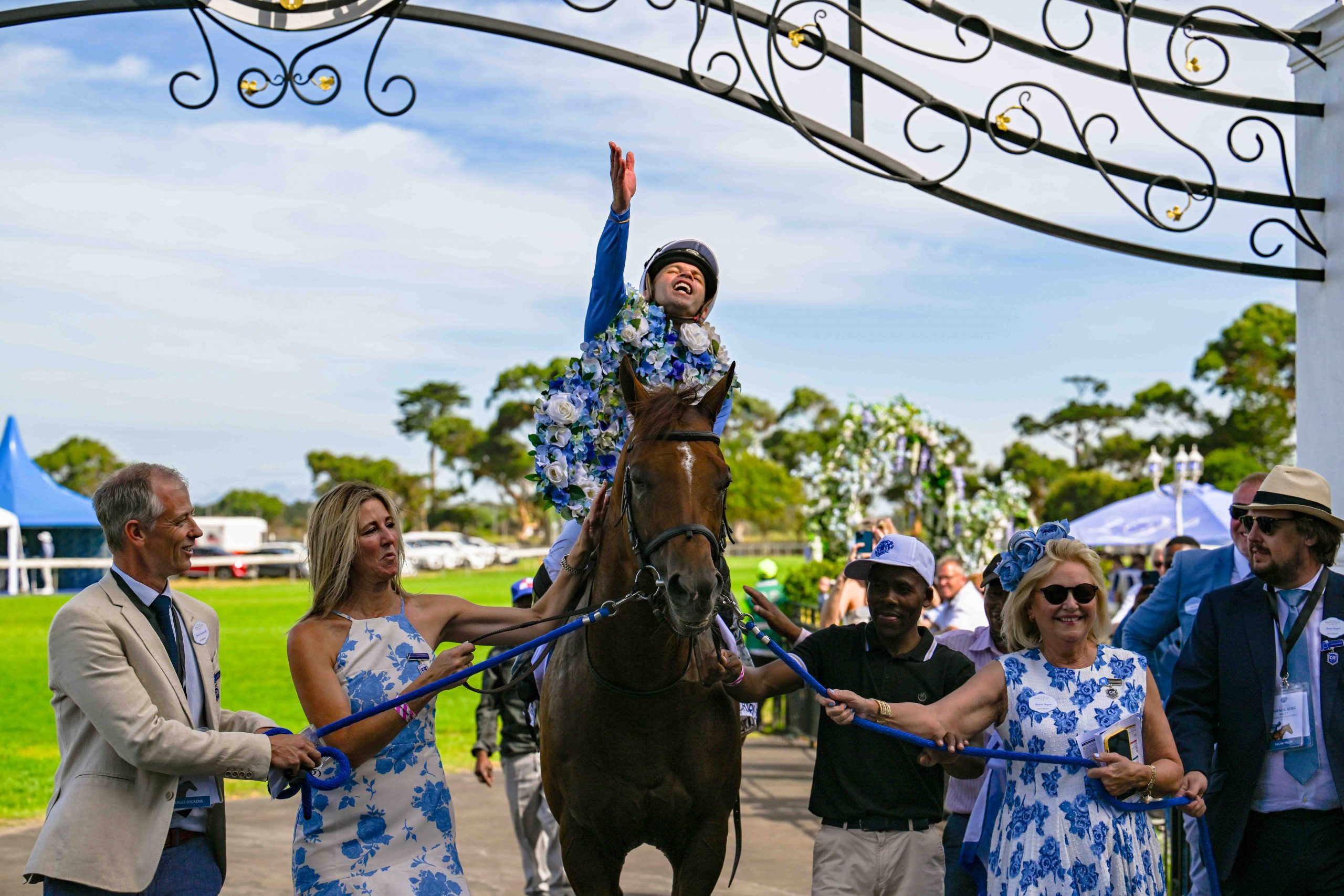When it comes to horse racing, picking a winner isn’t just about luck—it’s about knowledge, analysis, and strategy. While no method is foolproof, this guide will show you how to tilt the odds in your favor and develop a sharper eye for likely winners.

1. Understand the Racecard
Your first step to picking a winner starts with decoding the racecard or form guide, which contains vital information about each horse, including:
- Horse name and number
- Jockey and trainer
- Recent form (last 5–6 race results)
- Weight carried
- Draw/stall position
- Course and distance records
Tip: Look for horses with consistent recent form—particularly finishes in the top 3.
2. Evaluate Recent Form and Consistency
Form figures (e.g., 1-3-2-5-1) represent a horse’s recent finishing positions. Horses that consistently place near the top are often in good shape, but look deeper:
- Was the horse racing at a similar level?
- Did it perform well in similar distance or surface?
- Was it beaten narrowly or comfortably?
Tip: A horse stepping down in class after a respectable effort in tougher company can offer value.
3. Consider the Class and Conditions
Each race is categorized by class, distance, track condition (going), and surface type (turf, dirt, synthetic). Horses often have preferences:
- Some excel over short sprints, others at longer distances.
- Some thrive in soft ground, others in firm.
- Some love certain tracks (course specialists).
Tip: Check if a horse is a “C&D” winner (has won at this Course and Distance).
4. Know Your Trainers and Jockeys
Certain trainer-jockey combinations have high win rates. Others may target specific tracks or seasons.
- Hot trainers (good recent strike rates) are worth following.
- Jockey bookings matter—top jockeys on an unfamiliar horse can be a strong signal.
Tip: Follow trainers with good records in specific race types or distances.
5. Weight and Handicap Factors
In handicap races, horses are assigned different weights to level the playing field. A horse carrying less weight may have an advantage—if all else is equal.
- Pay attention to weight changes from their last race.
- A big weight drop can indicate potential improvement.
Tip: Don’t overlook lightly weighted horses with an improving profile.
6. Pace and Running Style
Different horses have different running styles:
- Front-runners try to lead from the start.
- Closers prefer to come from behind.
- Some do best with cover and a late burst.
The race setup matters. If there are many front-runners, the pace may collapse and favor closers.
Tip: Analyze pace scenarios to anticipate how a race may unfold.
7. Use Stats and Tools Wisely
Modern bettors use data like:
- Speed ratings
- Sectional timing
- Horse Racing APIs and databases
- Tipster consensus
But stats are only as good as your interpretation. Always combine numbers with context.
Tip: Don’t blindly follow tipsters – use them to complement your own analysis.
8. Psychology and Discipline
Smart betting isn’t just about the horses—it’s about you.
- Avoid chasing losses.
- Don’t bet for the sake of action.
- Record your bets and review your results.
- Seek value, not just winners.
Tip: Backing 3/1 horses that win 30% of the time is more profitable than 1/1 shots that win 50%.
Final Thoughts
Picking a winner in horse racing takes time, observation, and a willingness to learn and adapt. Every race is a puzzle—and the more you understand the pieces, the better your chance of solving it.




